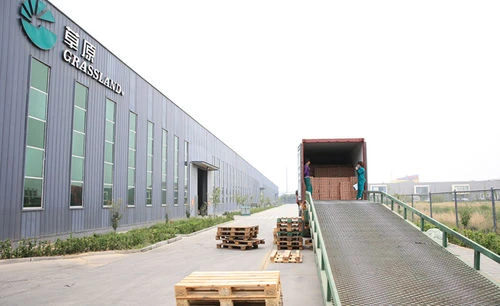Understanding the 4% Grinding Wheel for Metal A Comprehensive Guide
When it comes to metalworking, the tools and equipment used can significantly impact the quality of the finished product. Among these tools, the grinding wheel is indispensable. A specific type of grinding wheel that has garnered attention in recent years is the 4% grinding wheel for metal. This article delves into the characteristics, applications, benefits, and considerations of using this grinding wheel in metalworking.
What is a 4% Grinding Wheel?
The term 4% grinding wheel typically refers to a type of bonded abrasive wheel that consists of around 4% of its composition being abrasive grains, mixed with a binding agent that adds rigidity. The composition often includes aluminum oxide or silicon carbide, which are suitable for metal materials. The 4% signifies the coarseness of the wheel, which is crucial for its functionality in metal surface finishing and shaping processes.
Characteristics of a 4% Grinding Wheel
1. Material Composition Most grinding wheels are made from aluminum oxide or silicone carbide. The choice of material influences the wheel’s cutting efficiency, durability, and compatibility with different metals.
2. Bonding Agents Grinding wheels are created using various binding materials, such as rubber, resin, or vitrified bonds. The type of bond will impact the performance and life of the wheel.
3. Grain Size The 4% grind refers to one of the finer grit options available, making it suitable for specific tasks like smoothing or finishing metal surfaces rather than heavy grinding.
4. Shape and Size Grinding wheels come in several shapes, including flat, cylindrical, and dished wheels. The choice of shape will depend on the application, whether it be for energy-efficient overall surface preparation or precision machining.
4 grinding wheel for metal

Applications of 4% Grinding Wheels
4% grinding wheels are particularly effective in applications such as
- Surface Finishing They are ideal for achieving smooth finishes on metals, especially after cutting or machining operations. - Deburring The wheels can efficiently remove burrs, jagged edges, or imperfections left from fabrication processes, contributing to a more polished final product. - Sharpening Tools Metalworking tools often require sharpening, and a 4% grinding wheel can provide the precision necessary for maintaining cutting edges.
Benefits of Using 4% Grinding Wheels
- Versatility These wheels can be used on various metals, including steel, aluminum, and stainless steel, making them a versatile choice for metal fabricators and hobbyists alike. - Enhanced Surface Quality The design and grit level of the 4% grinding wheel ensure that it offers a high-quality finish, thus minimizing the need for additional polishing. - Durability When used correctly, these wheels can last longer than standard grinding wheels, providing cost-efficiency over time.
Considerations When Using 4% Grinding Wheels
- Correct Application It’s essential to use the right wheel for the specific metal type and application. Using the wrong type can lead to poor results and even damage to both the workpiece and the tool. - Wheel Maintenance Regularly checking for cracks, chips, and wear is important to ensure the wheel’s longevity and safe operation. - Safety Precautions Always use the appropriate personal protective equipment (PPE) such as goggles, gloves, and masks, and ensure that the grinding area is free from hazards.
Conclusion
The 4% grinding wheel for metal is a crucial tool in the metalworking industry, known for its precision, efficiency, and versatility. Understanding its characteristics and applications can help craftsmen select the right tool for their projects, enhancing productivity and improving the quality of their work. Whether for professional or DIY endeavors, these grinding wheels remain an essential component in achieving stellar results in metal fabrication.
Post time:Dec - 14 - 2024

















